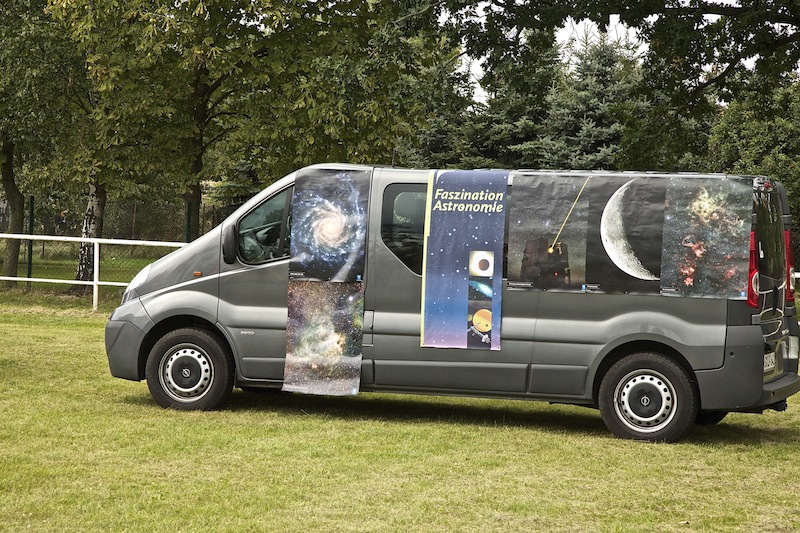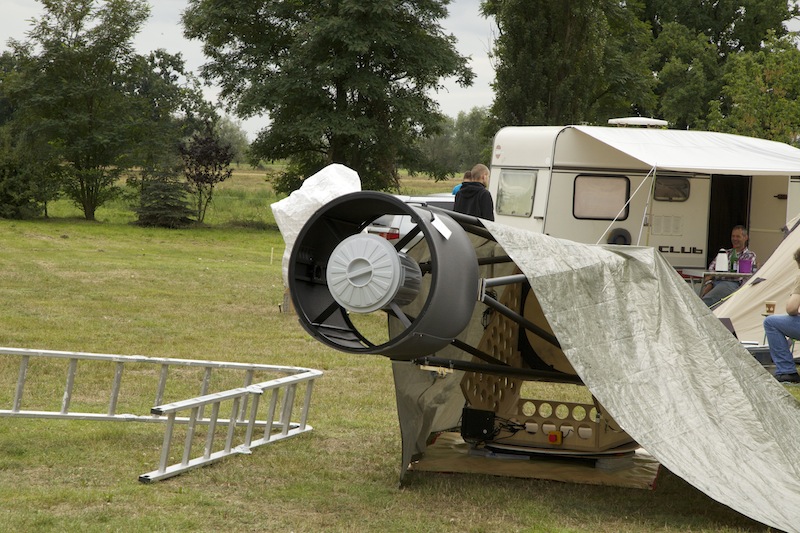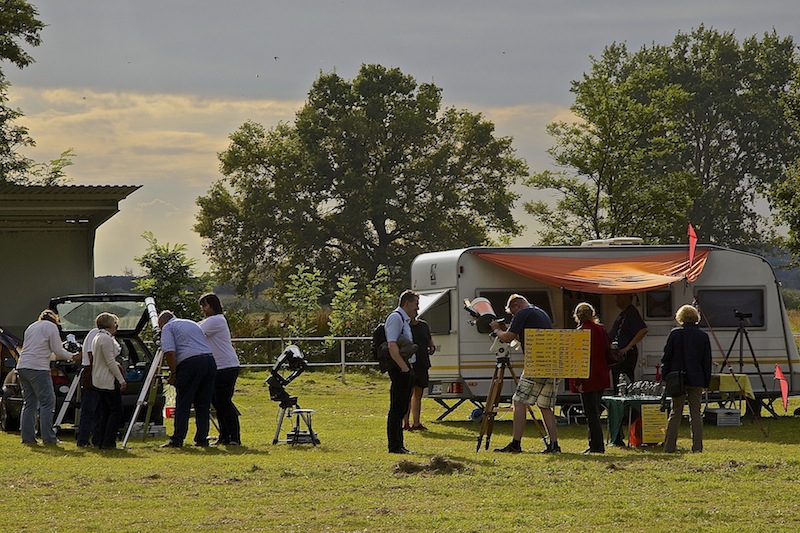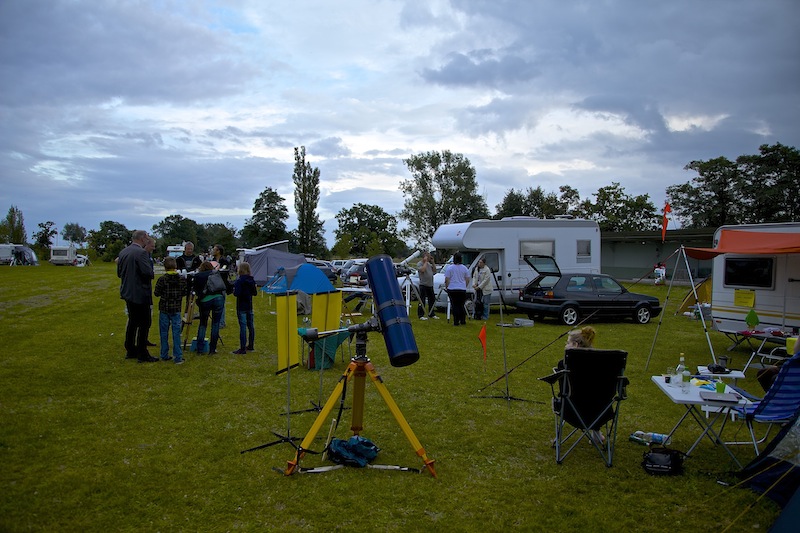Astronomer’s Gathering In Germany’s First Dark Sky Reserve Westhavelland, August 29-30
When was the last time you saw the Milky Way? Do you remember? Probably a lot of people on this planet never have seen the milky way in the night sky in their whole life, since our nights aren’t any longer dark but getting brighter and brighter by too many lights. Particularly people living inside the big cities might have seen a lot of astronomical objects only in pictures as from the Hubble Space Telescope or taken from astronauts. But you don’t need to apply to NASA if you want to know how the universe really looks like.
Approximately 70 kilometres west of Berlin lies one of Germany’s darkest regions, the “Westhavelland”. Thinly populated and with no air pollution from any industries, the region has become especially popular for professional and amateur astronomers. The Westhavelland near the river Havel and not far from the Elbe is a unique landscape. Beautiful, quiet villages like Gülpe are far away from the next motorway or famous tourist sites. Artists discovered the rural region after Germany’s reunification, and bird watchers come regularly to observe migration birds in spring and autumn.
Since a couple of years a new kind of visitors come every year for one of the biggest meetings of astronomers in Germany because this is the place where you can see the milky way. In the newly developed “Dark Sky Reserve” authorities, communities, individuals and a new found association (Sternenpark Westhavelland e.V.) work together to further improve the strong standards of a certified Dark Sky Reserve and to develop an appropriate infrastructure. It’s a place where you can enjoy the universe since special street lamps are in use and the night is again what it should be – dark.
On August 29 professional and amateur astronomers arrived for the forth time in Gülpe and made up their camp on a large sport field. They brought impressing hardware like huge telescopes, which makes you wonder how these could have ever been transported in normal cars.
This year however there was one factor involved which can’t be controlled by any nature or dark sky reserve manager – you can switch off the lights but weather cannot be controlled: After a mostly cloudy day rain arrived in the evening of August 30 from the west. Those who had been there on August 29 had been more lucky since it was one of the few better days in August this year.
Nevertheless alone the exhibition of telescopes was very impressive, and the late summer air created a magic atmosphere. Maybe it’s the combination of a natural landscape, which isn’t much different like hundreds of years ago and the big sky which makes that place so extraordinary, not to forget the excellent hospitality of the inhabitants of Gülpe and the Westhavelland region. Furthermore the gathering was extremely informative and a good occasion not only to learn about the Dark Sky Initiative but also to make new contacts.
The idea of this annual gathering isn’t about only bringing astronomers together but to introduce a larger public to astronomy. Many participants came from planetariums or public observatories.
This is the type of telescope used for watching deep sky objects like nebula.
During the day there was also plenty of time for the exchange of experiences and to study many different types of telescopes – instruments becoming more and more sophisticated.
Hopes were restored for some moments when the sun broke through the clouds but not for very long.
As in filmmaking and photography astronomy means to have a lot of patience, waiting for skies to clear up…
.. or to have fun in the meantime with some sort of special “astronomer’s sport”.
The Westhavelland became an official Dark Sky Reserve in 2014, after its discovery through experienced researcher, director of Osnabrück Planetarium and member of the German Astronomical Association (Vereinigung der Sternfreunde) Dr. Andreas Hänel in 2009 who coincidentally came through the region and was surprised when he took measurements.
During this year’s event Dr. Hänel took the audience to a fascinating journey to the Dark Sky Parks in the US during his evening presentation.
If you want to know more about the Dark Sky Initiative please look up IDA. It’s worth to mention that the idea of Dark Sky Parks and Dark Sky Reserves is not only for the benefit of researchers, astronomers and photographers but an issue for the public – light pollution not only affects animal life but has serious effects on human health.








